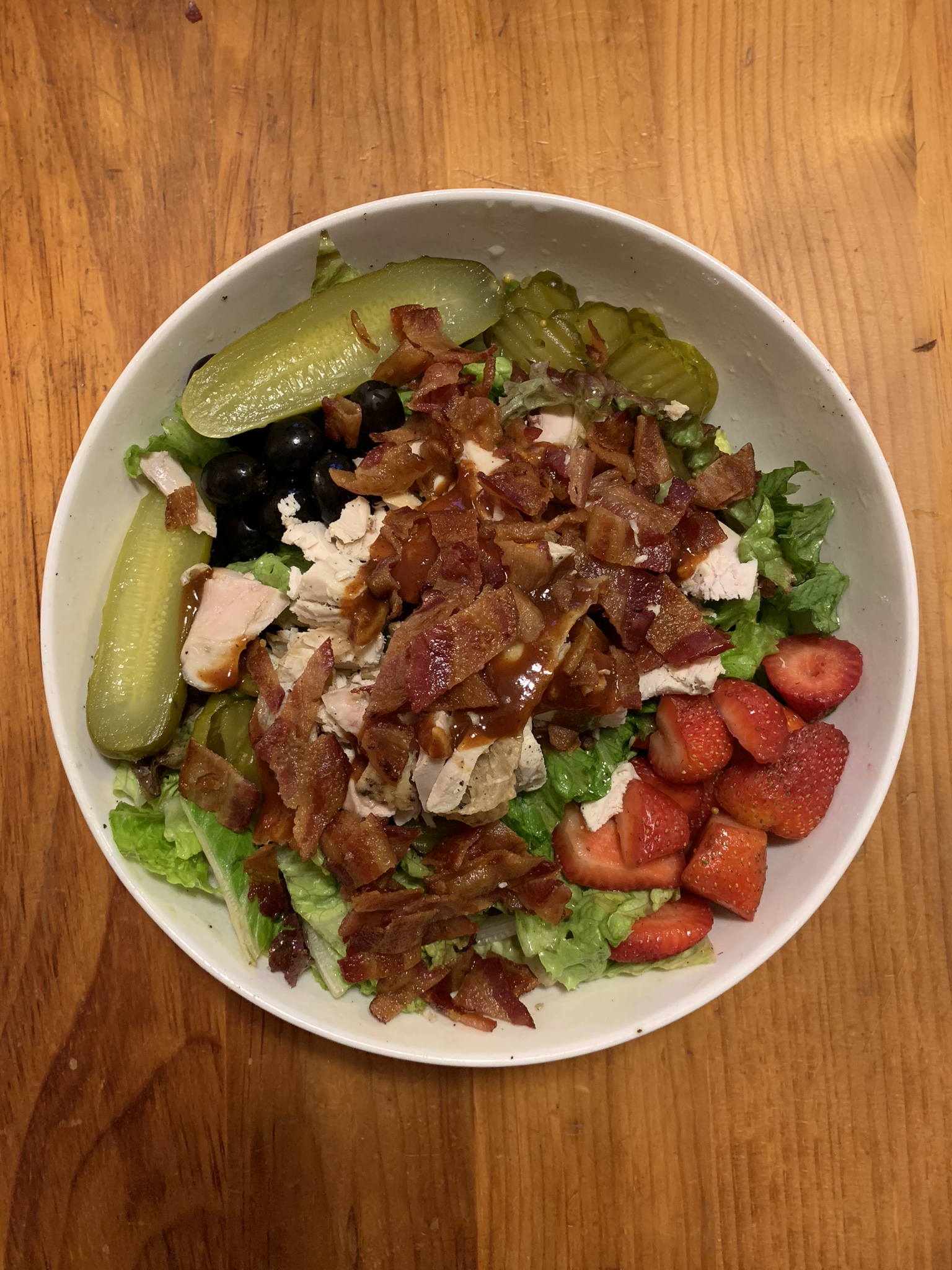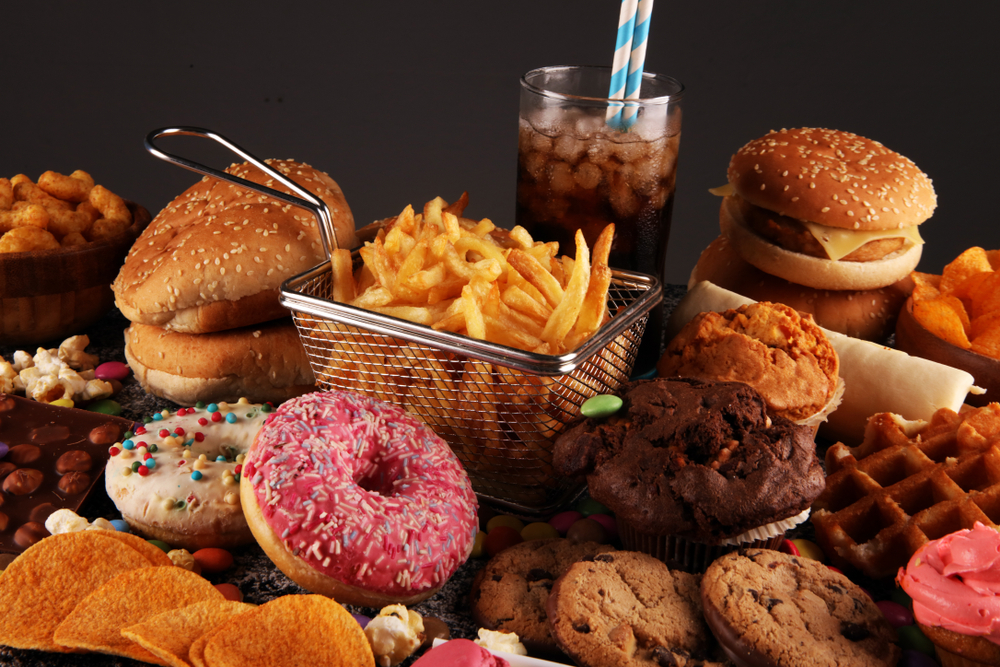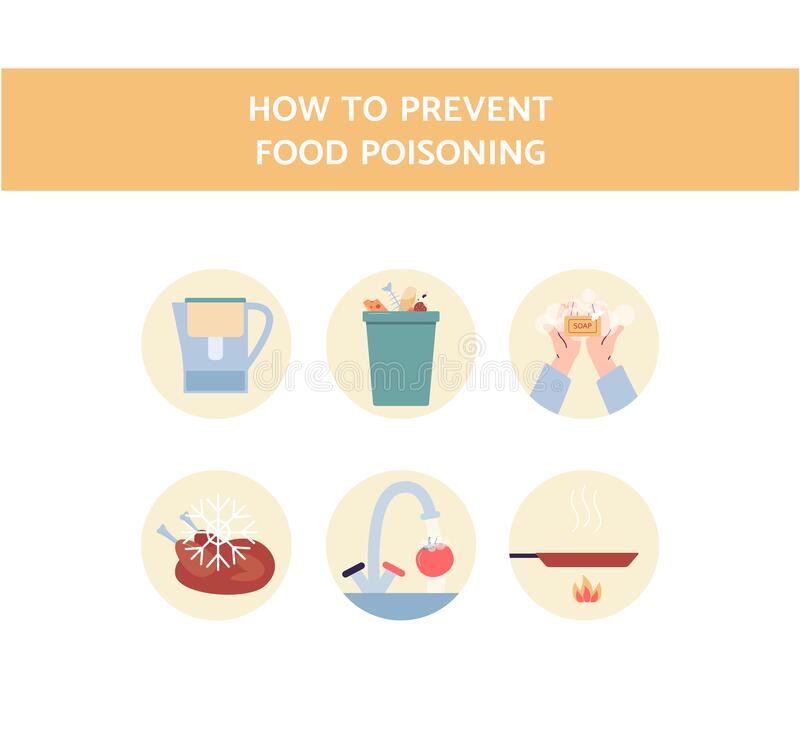
Consuming a diet rich in vegetables and fruits is a great way of reducing inflammation. These foods should be consumed nine times a day. Fresh fruit should be consumed, especially if it is high in antioxidants like strawberries. Whole grains are necessary, but only consume rice noodles a couple times per week. Baking flour does not count as an anti-inflammatory diet. These foods make you more energetic and help to prevent inflammation.
When choosing a diet that promotes good health, try to eat a diet rich in green leafy vegetables. This will boost the intake of omega-3 fatty acids and help fight inflammation. Organic meat and dairy products are also options. Also, consider omega flax oil and fish oil for dietary fats. For hydration, make sure to drink eight glasses of water every day.
Consuming whole foods can help reduce inflammation. Try to eat foods with no added sugar. Vegetables are the best option. You can eat low-fat dairy products, fruits and vegetables, nuts, seeds and olive oil for a healthy lifestyle. Your food can be enhanced with spices and herbs. Your body may be less reactive if you add vitamin E or antioxidants to your food.

While there is no cure for inflammation, there are some things that you can do to reduce your risk of this condition. You should eat lots of fresh fruits and vegetables and avoid sugary and processed foods. A healthy diet should include fatty fish and coconut oils. If you do consume these foods, you'll be healthier and less prone to inflammation. EverlyWell's vitamin-D and high-sensitivity test kits for CRP can be used to increase the intake of anti-inflammatory foods.
Although there are no scientific studies to support this particular argument, there is strong evidence to suggest that reducing inflammation is a good idea in many cases. It can prevent chronic diseases such as heart disease and cancer. Our bodies naturally produce inflammation. It is a normal, healthy reaction that protects us from injury. Inflammation can be reduced by changing your diet. You can lower your risk of developing chronic diseases by following these guidelines.
It is important to eat healthy foods. Onions are high in quercetin which is a substance that reduces histamine production. Berry products are rich in anthocyanins which reduce inflammation. You can still eat foods high in flavones, anti-inflammatory compounds and other nutrients. A variety of whole grains as well as berries should be included in your diet.
There are several reasons that inflammation can occur. Chronic inflammation is a result of several factors, including obesity, poor sleep, pollution, and excess weight. Drinking a balanced diet with plenty of water and anti-inflammatory foods will help reduce your risk for chronic inflammation. It is essential to eat a healthy diet in order to keep your body balanced. It is important to include anti-inflammatory ingredients in your diet. This will ensure that your body functions normally.

Inflammation can happen in many parts of your body. If your body doesn't have the ability to fight inflammation, it can lead to chronic pain and ear infections as well as cancer. Eating foods high in polyphenols (such as blueberries, leafy greens) is the best way reduce inflammation. These compounds are also found in coffee which may protect your body from inflammation. A healthy diet, along with adequate sleep, can help you improve your health.
Chronic inflammation is often caused by chronic inflammation. Chronic health problems are common in many people due to poor diet. Inflammation is a normal response to injury. However, it can also cause a variety of health problems. Refined carbohydrates, for example, can increase inflammation. Sugary drinks, for example, can be detrimental to your health. They can cause symptoms such as joint pain, fatigue, swelling, and even death. They can also increase the risk of developing cancer or other cardiovascular diseases.
FAQ
Can I eat fruits when I am intermittently fasting?
The health benefits of fruits are numerous. They provide vitamins, minerals, fiber, antioxidants, and other nutrients. But, they can also contain sugar that can spike blood glucose levels. This can lead both to insulin resistance and weight loss. If you are looking to lose weight through an IF diet you need to choose low glycemic-index fruits such as oranges, pears, berries and melons.
What is the difference between intermittent fasting or calorie restriction?
Calorie restriction is when you eat less than your body needs. Intermittent fasting is different because it doesn't involve restricting calories. Instead, Intermittent Fasting is about eating fewer calories per day.
Intermittent fasting works better because it allows for you to enjoy your favorite foods without feeling guilty.
Each method has its pros and cons. You will need to decide which method is best for you.
How often do people fast?
Most people who adhere to a ketogenic lifestyle fast only once per week. But, some people fast twice per week. Some others fast three days per week.
The length of each fast varies too. Some fast for 24 hours while others fast for 48.
Some people even go longer than 72 hours. However, extreme cases like these are rare.
How can busy people lose fat?
It is best to eat less and exercise more to lose weight.
Weight gain is possible if you eat a lot of food. You will gain weight if exercise isn't enough. Combining these two simple habits will help you lose weight.
How do I create an exercise routine?
You must first create a routine. It's important to have a plan for each day. This helps you plan ahead and avoid procrastination.
It is important to make sure you are getting plenty of variety from your exercise routine. Avoid becoming bored with exercise. If you do, it will be difficult to keep going.
You should also keep track of how you are progressing. It is crucial to track how much weight has been lost or gained.
If you start off by losing weight, it's easy to lose motivation if you don't gain any additional weight. You may find it difficult to stay motivated if your weight increases.
You should find a balance between weight gain and weight loss. If you are unhappy about where you are, it will make you less likely to exercise.
What Weight Loss Can You Expect In One Week?
Your current bodyfat percentage determines the amount of weight you will be able to lose. You need to determine how much weight loss you are looking for. Your BMI indicates how much weight we should lose to achieve our goal. If your BMI is 25 or greater, you're overweight. If your BMI reads 30 or more, you are likely obese.
For example, let's say you have a BMI of 28.7 and are 200 pounds. To drop to a healthy range of weight, you will need to lose approximately 70 pounds. To see if you're overweight, visit www.healthyminds.com/bmi/.
Once you know your BMI, this formula will allow you to determine how many pounds per week you'll be able to lose.
(Your Goal Weight - Current Weight)/BMI * 7 Number Of Pounds Lost Per Week
To lose 50lbs in a month you will need 2 weeks worth of exercise. This equals 56 days. Then, divide that by 7 pound per day. That's 8.3 pounds per week.
You could also try this calculator from www.weightlosscalculator.net. This calculator gives you an estimate of how many calories are needed to lose 1 pound per day.
Statistics
- One 6-month study showed that simply doing 11 minutes of strength-based exercises 3 times per week resulted in a 7.4% increase in metabolic rate, on average. (healthline.com)
- Another study found that 24 weeks of weight training led to a 9% increase in metabolic rate among men, which equated to burning approximately 140 more calories per day. (healthline.com)
- One study in 9 active men found that HIIT burned 25–30% more calories per minute than other types of exercises, including weight training, cycling, and running on a treadmill (18Trusted Source (healthline.com)
- A 12-week study in 20 women with obesity found that walking for 50–70 minutes 3 times per week reduced body fat and waist circumference by an average of 1.5% and 1.1 inches (2.8 cm), respectively (healthline.com)
External Links
How To
How to Intermittent Fasting
Intermittent Fasting is a method of dieting where you only eat one meal per week, typically Monday through Friday. This diet aims to lower your overall calorie intake, while still ensuring you get enough nutrition. This helps you lose fat more quickly than if it were your normal meals for the entire week.
The most common form is to limit calories for certain days. This would be a way to skip breakfast and eat whatever you want throughout the day. You could choose to eat three small meals per day rather than two big ones.
There are many different forms of intermittent fasting, including alternate day fasting, 5/2 fasts, 8/4 fasts, 16/8 fasts, etc. There are pros as well as cons to each form of intermittent fasting. Alternate day fasting, which doesn't require you to change your lifestyle, is the best way to get started. However, not everyone can stick to a rigid schedule. They might prefer to experiment with other methods.
Alternate-day fasting is a good option if you are looking to begin an intermittent fasting program. This will allow you to gradually transition into more extreme fasting routines without completely changing your lifestyle.